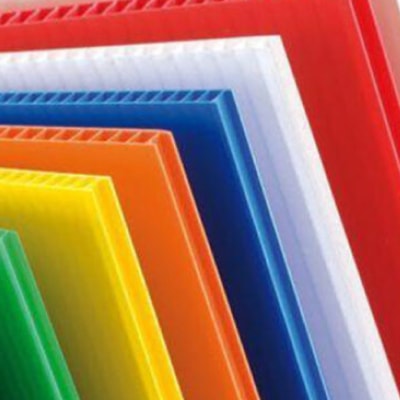From your common frying pan to industrial chemical handling equipment, PTFE is a synthetic polymer that is found in numerous types of products. While it is common, PTFE is notoriously hard to bond so choosing the right adhesive and applying it correctly is imperative.
What Is PTFE?
PTFE or polytetrafluoroethylene is a synthetic high-performance polymer known for its non-stick properties. In more common terms, it is referred to as Teflon®. It is a high-density material with electrical insulation properties. It also has great resistance to high temperatures and many chemicals.
Because of these properties, PTFE is often used in harsh environments or more extreme applications. One of the most well-known applications for PTFE is non-stick pans, but it is also commonly used in electrical components, chemical processing equipment, pipework, and seals and gaskets.
The Trouble with Bonding PTFE
While PTFE's non-stick properties and high chemical resistance make it great for applications where many other materials would fail, those same properties make it much harder to bond with an adhesive. PTFE also has a low surface energy that contributes to its bonding difficulties.
Together, all these properties can decrease the effectiveness of adhesives. Adhesives are more likely to struggle to penetrate and adhere to the surface, especially in more trying environments. As a result, lasting and high-strength bonds can be difficult to form and bond failure may occur. While gluing Teflon can pose a challenge, it doesn't mean it is impossible. There are some PTFE adhesives available that will form bonds with proper surface preparation or the right primer.
Adhesives for PTFE
While the best glue for PTFE will vary from application to application, there are some products you can test for your application. Permabond has a couple of adhesives that it says can bond PTFE including TA4605, TA4610, TA4611, and TA4631. These acrylic adhesives have toughened formulas that are better suited for materials with low surface energy. Depending on the specific application, Infinity Bond MMA 500 may also be a potential option. It is made specifically for bonding difficult plastics.
Keep in mind that while these PTFE adhesives are available, they may not work for your specific needs. Some of these adhesives may not be able to form bonds with a shear strength above two newtons, especially in more challenging conditions. Always test the adhesive to see how it performs in your bonding environment to avoid unforeseen bond failure. If you are not sure where to begin, we may be able to provide you with more guidance or a product recommendation.
How to Glue PTFE
Finding the right Teflon adhesive is just the beginning. Before you can even test the adhesive, always begin by implementing proper safety standards such as wearing protective clothing and working in a well-ventilated area as needed.
The next step is prepping the surfaces that will be bonded. Because PTFE is generally more difficult to bond, surface preparation is even more important. The exact procedures vary from product to product, so always follow the manufacturer's instructions for the best results.
Surface preparation for gluing PTFE often involves cleaning or degreasing the substrates to start. The PTFE will often need to be chemically etched "pickled" with fluorocarbon etchants such as Tetra-Etch. Unfortunately, corona treatment, plasma treatment, and abrading the surface are almost no help when it comes to trying to bond the non-stick surface. In many cases, a primer will also be recommended.
Because it is so difficult to get lasting and strong bonds when gluing PTFE, you should not only follow the recommended surface preparation procedures to a T, but also test the adhesive in the bonding environment. A product that works initially may fail when exposed to stress in its normal environment.
When you are done applying the PTFE glue, make sure you tightly seal and properly store any remaining product. Adhesives that are not stored correctly or that are used past their shelf life date may be ineffective.
Let Us Help
PTFE can be extremely difficult to bond. The best adhesive for PTFE depends on many factors, including the specific application, environmental conditions, performance requirements, and your budget. If you need help determining if there is an adhesive for PTFE for you, we are here. Contact us today to speak with one of our adhesive experts and get a personalized product recommendation.







